Continuing in my portrait-orientation shutter vibration mitigation experiments, I removed the cable tie from the setup of the preceding post. There was no change to the test images. That was a relief. The cable tie made it difficult to focus the lens, and I didn’t think such an attachment would be a good field solution to vibration,
I then experimented with a different way of attaching the camera to the tripod. Rather than use the part of the RRS L-bracket to the left of the camera body, with its cantilevered attachment that is probably not totally tamed by squishing the strap loop between the camera and the bracket, I tried something else entirely. I set the Arca Swiss C1 up in portrait mode, which looks pretty weird if you’re not familiar with the head:
Then I attached the camera to the head using the bottom part of the L-bracket. Here are some views from different angles so you can see what’s going on:
The worst shutter speed for the contorted C1 is 1/25, and the image looks like this:
The worst shutter speed for the weight-moderated L-bracket attachment is 1/30, and the result looks like this:
The contortionist Arca Swiss head can match the weight-assisted approach for horizontal resolution, but not for vertical resolution.
For now, I give up.
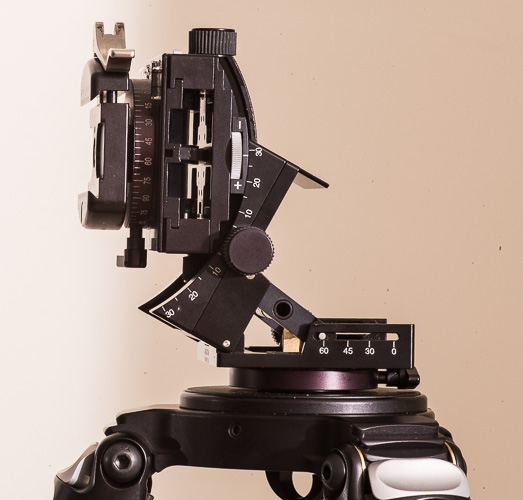
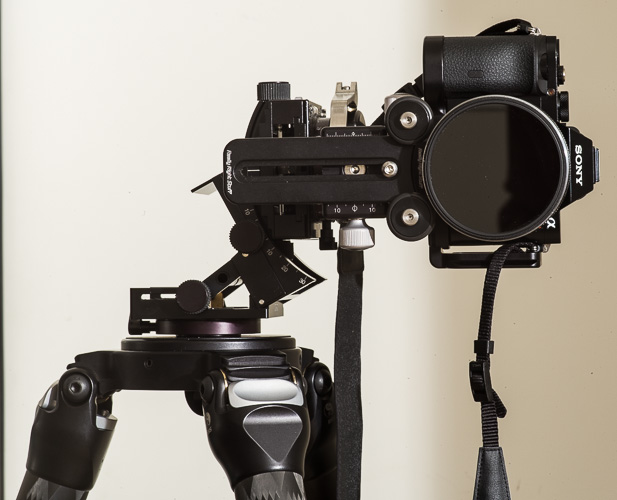
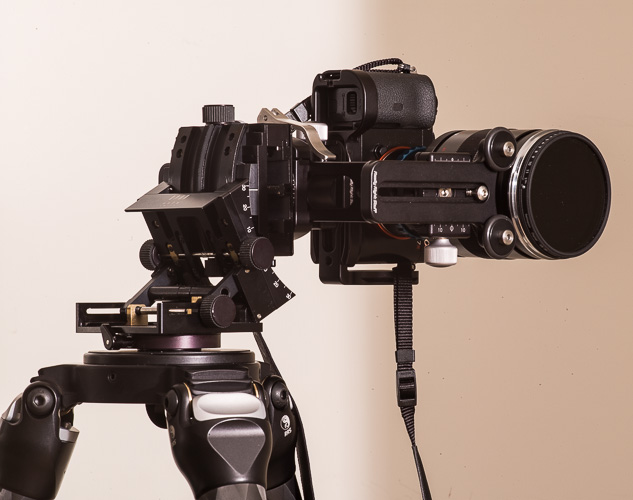
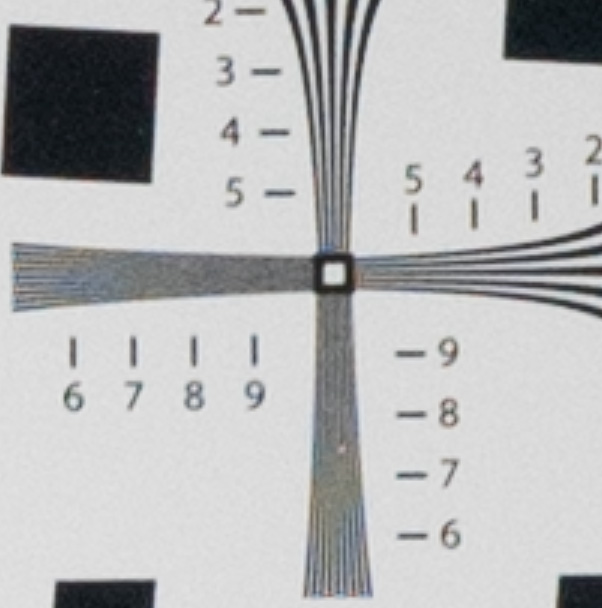
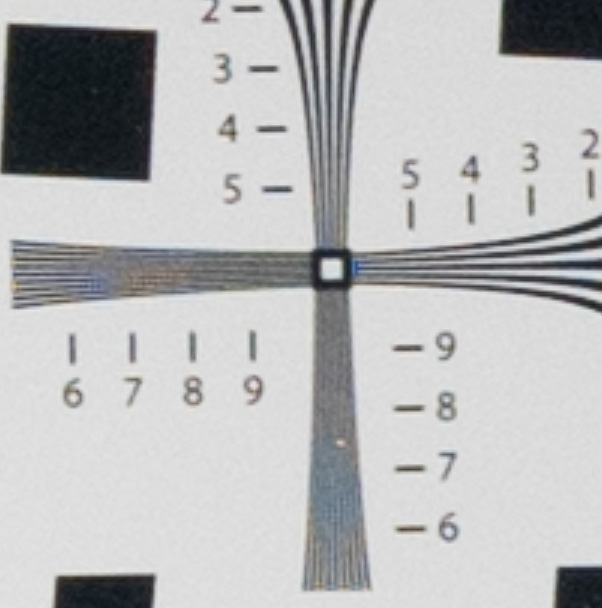
Leave a Reply